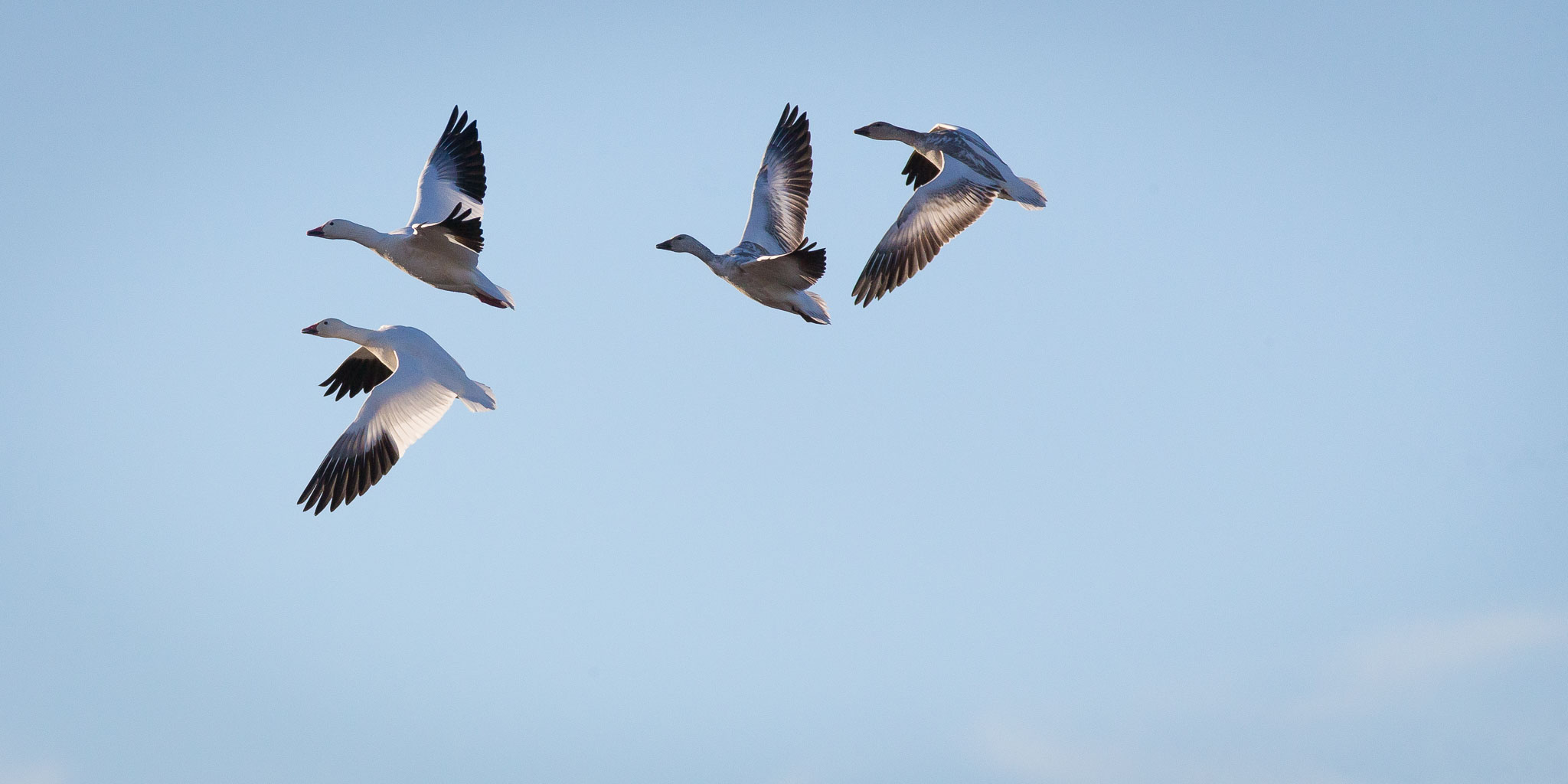New Images
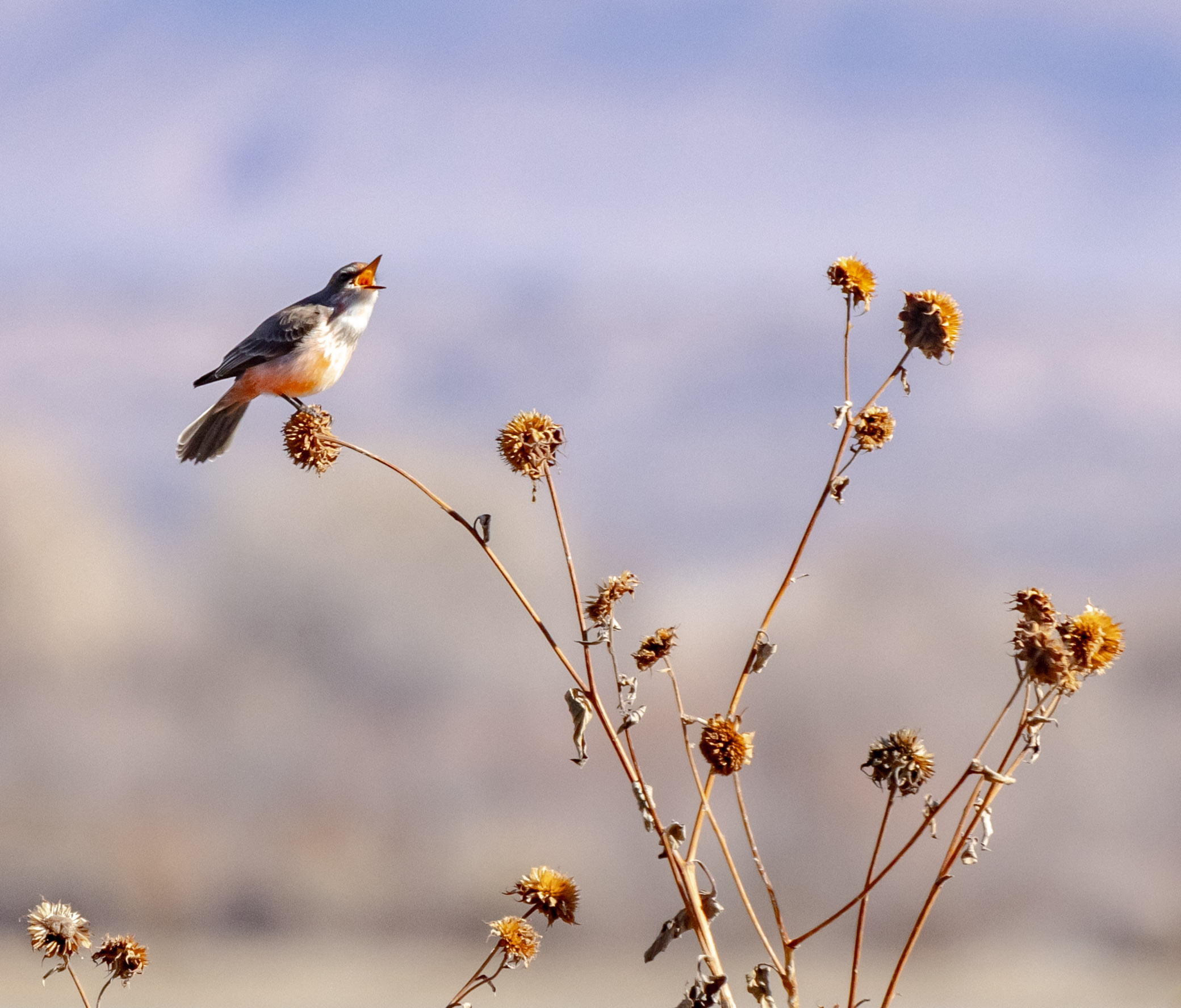
Come Fly With Me
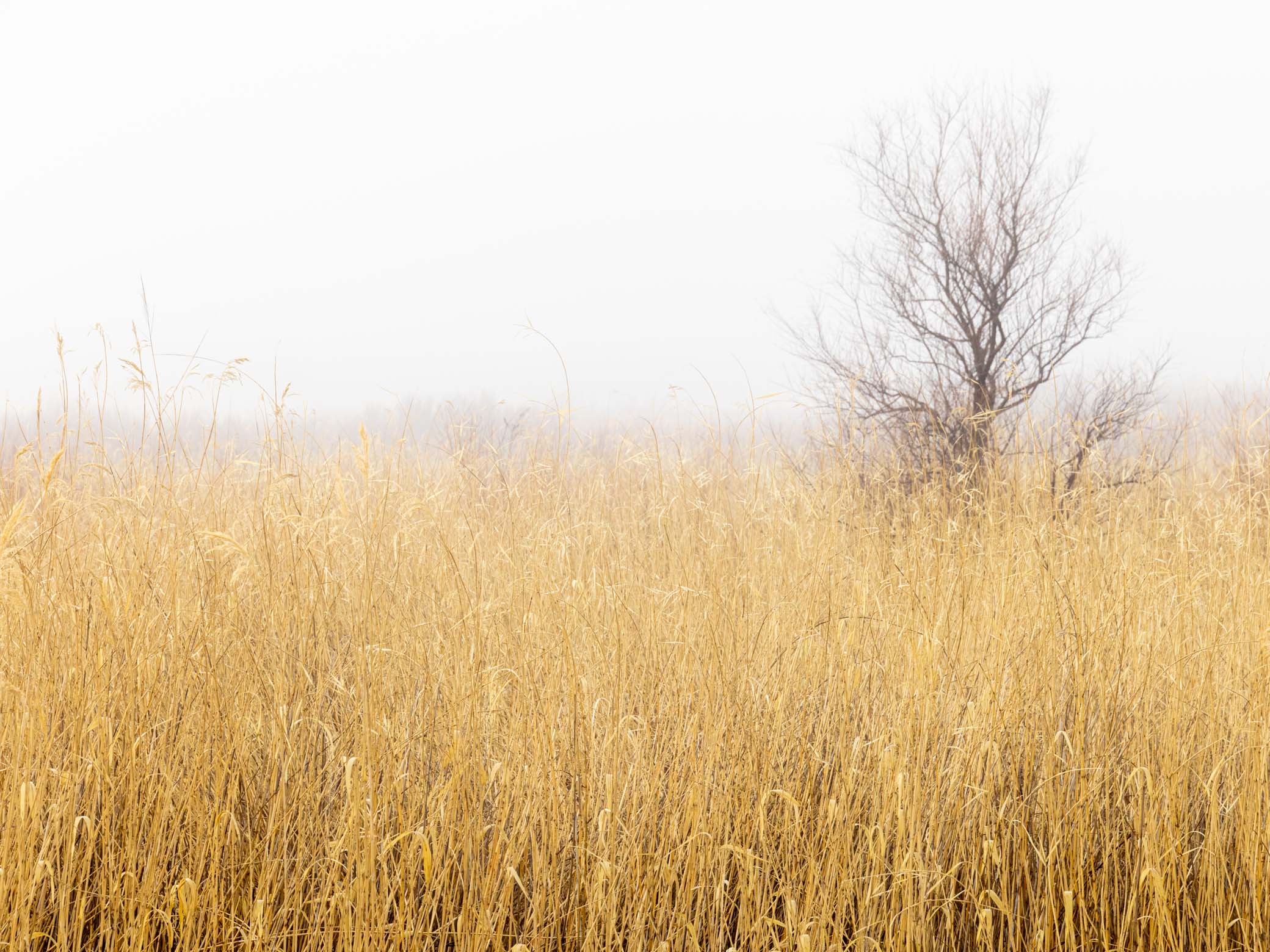
Above and Beyond
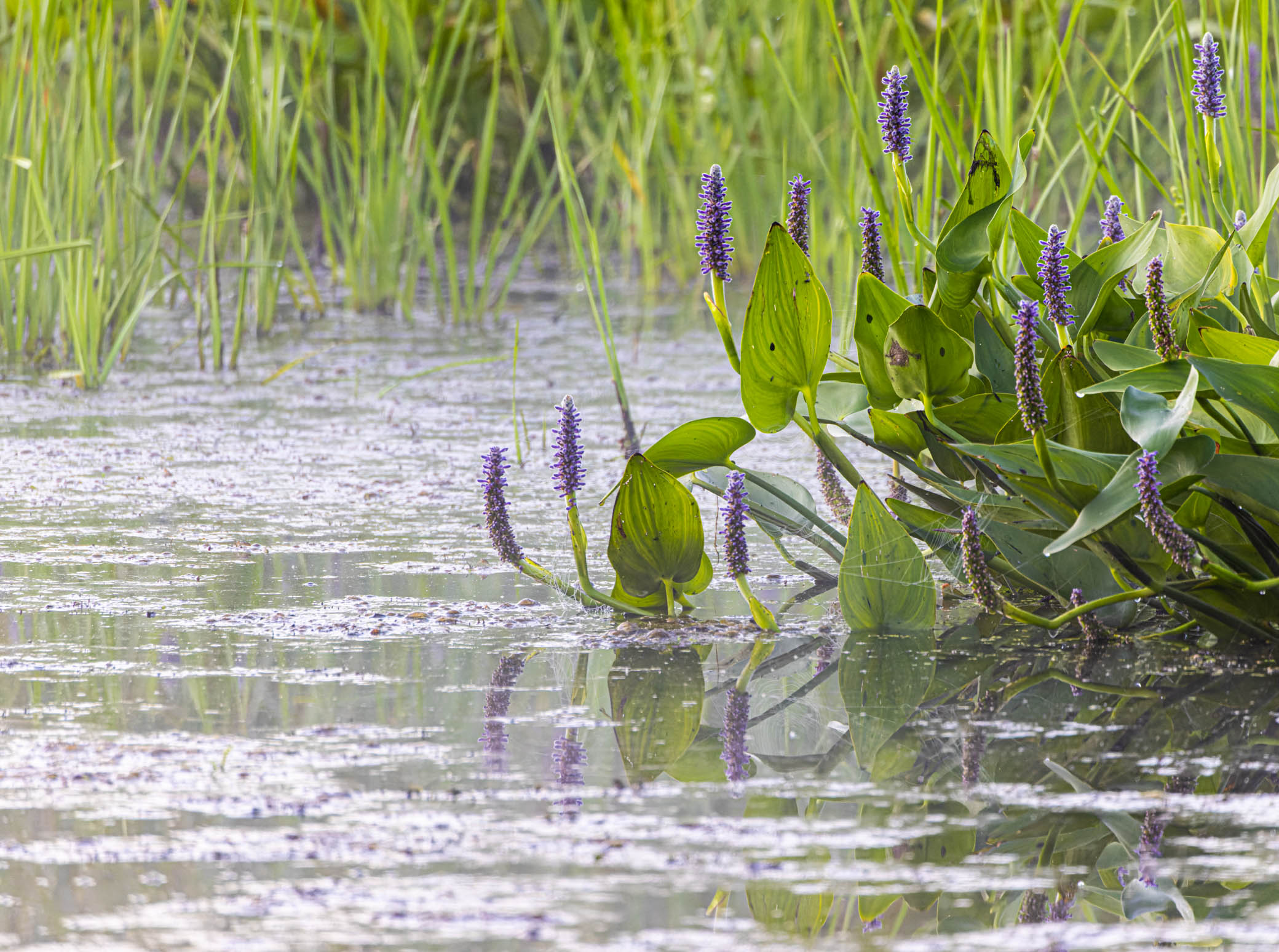
Pickerelweed
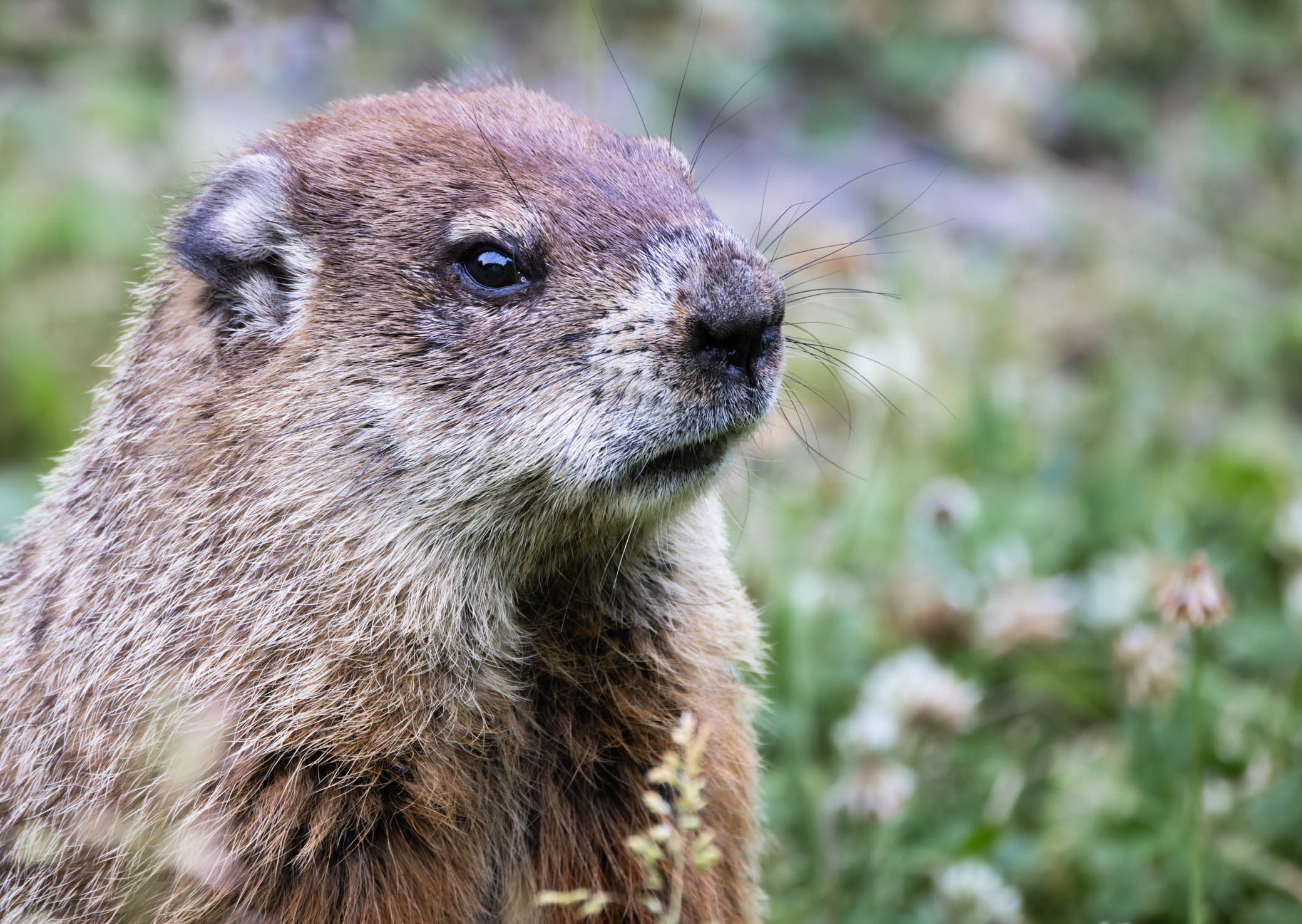
Woody, a Portrait
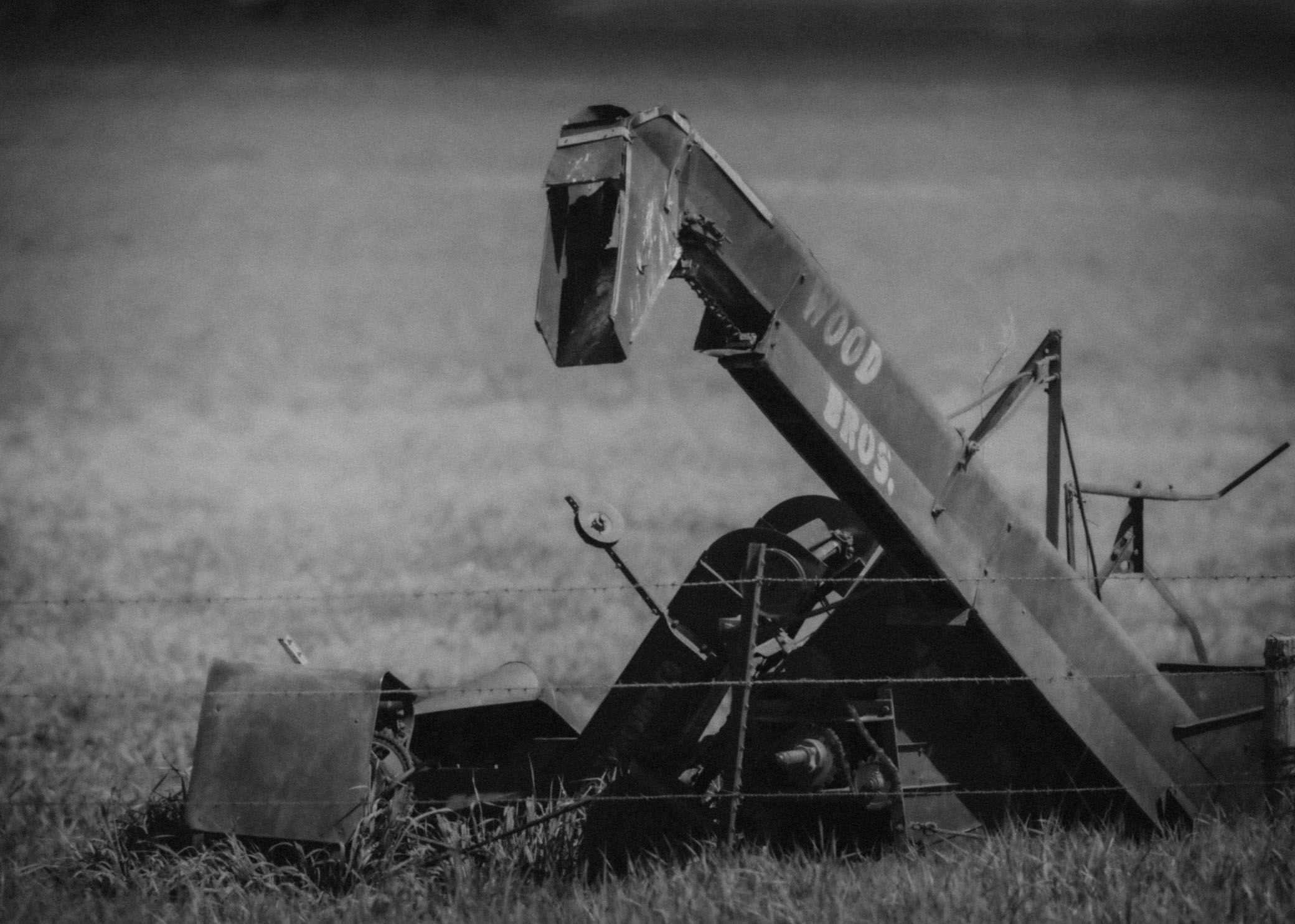
Dinosaur
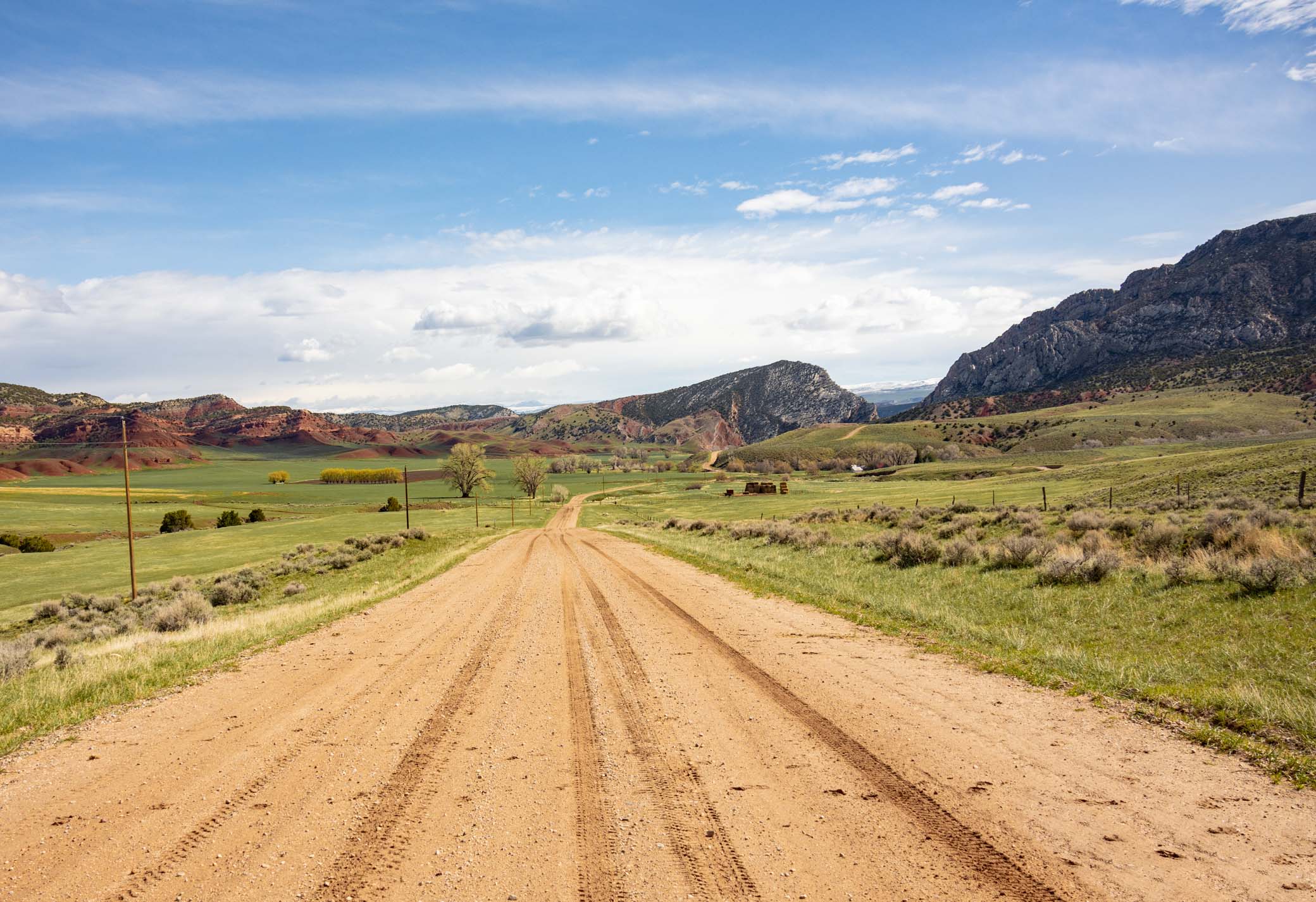
Orchard Ranch
Come Fly With Me
Vermilion Flycatcher, Bosque del Apache National Wildlife Refuge, San Antonio NM
January 27th, 2024
This young guy was having quite a tweet!
Vermilion Flycatcher
The vermilion flycatcher (Pyrocephalus obscurus) is a small passerine bird in the tyrant flycatcher family found throughout South America and southern North America. It is a striking exception among the generally drab Tyrannidae due to its vermilion-red coloration. The males have bright red crowns, chests, and underparts, with brownish wings and tails. Females lack the vivid red coloration and can be hard to identify—they may be confused for the Say's phoebe. The vermilion flycatcher's song is a pit pit pit pidddrrrreeedrr, which is variable and important in establishing a territory. Riparian habitats and semi-open environments are preferred. As aerial insectivores, they catch their prey while flying. Their several months-long molt begins in summer.
Despite being socially monogamous, vermilion flycatchers will engage in extra-pair copulation. They also practice within-species brood parasitism, whereby females lay their eggs in the nest of another individual. Females build shallow open cup nests and incubate the brown-speckled whitish eggs. The male feeds the female during incubation. Two broods of two or three eggs are laid in a season lasting from March through June. Once hatched, both males and females feed the chicks, which are ready to fledge after 15 days.
Wikipedia/Vermilion Flycatcher
Above and Beyond
Bosque del Apache National Wildlife Refuge, San Antonio NM
January 25th, 2024
This day dawned quite foggy after overnight rainfall and created many beautiful views of wet foliage in the soft light of the fog.
I do not know what type of reed this is. It is common here in the perenially wet areas of the Refuge, as are cattails.
Pickerelweed
Ooms Pond Conservation Area, Chatham NY
July 9, 2022
Pickerelweed is the common name of several species of Pontederia.
Pickerelweed
Pontederia is a genus of tristylous aquatic plants, members of which are commonly known as pickerel weeds. Pontederia is endemic to the Americas, distributed from Canada to Argentina, where it is found in shallow water or on mud.[citation needed] The genus was named by Linnaeus in honour of the Italian botanist Giulio Pontedera.
Pontederia plants have large waxy leaves, succulent stems and a thick pad of fibrous roots. The roots give rise to rhizomes that allow rapid colonization by vegetative reproduction. Species are perennial, and produce a large spike of flowers in the summer. There is a species of bee (Dufourea novaeangliae) that exclusively visits Pontederia cordata;[citation needed] waterfowl also eat the fruit of the plant.
Pontederia cordata and Pontederia crassipes (formerly known as Eichhornia crassipes), have become invasive in many tropical and temperate parts of the globe, but are, on the other hand, efficient biological filters of polluted water in constructed wetlands.
Wikipedia: Pickerelweed
Woody, a Portrait
Red Rock, East Chatham NY
June 16, 2022
Woody would love to raid the garden...:-)
Groundhog
The groundhog (Marmota monax), also known as a woodchuck, is a rodent of the family Sciuridae, belonging to the group of large ground squirrels known as marmots. The groundhog is a lowland creature of North America; it is found through much of the Eastern United States, across Canada and into Alaska. It was first scientifically described by Carl Linnaeus in 1758.
The groundhog is also referred to as a chuck, wood-shock, groundpig, whistlepig, whistler, thickwood badger, Canada marmot, monax, moonack, weenusk, red monk, land beaver, and, among French Canadians in eastern Canada, siffleux. The name "thickwood badger" was given in the Northwest to distinguish the animal from the prairie badger. Monax (Móonack) is an Algonquian name of the woodchuck, which means "digger" (cf. Lenape monachgeu). Young groundhogs may be called chucklings.
The groundhog, being a lowland animal, is exceptional among marmots. Other marmots, such as the yellow-bellied and hoary marmots, live in rocky and mountainous areas. Groundhogs play an important role maintaining healthy soil in woodland and plain areas. The groundhog is considered a crucial habitat engineer. Groundhogs are considered the most solitary of the marmot species. They live in aggregations, and their social organization also varies across populations. Groundhogs do not form stable, long-term pair-bonds, and during mating season male-female interactions are limited to copulation. In Ohio, adult males and females associate with each other throughout the year and often from year to year. Groundhogs are an extremely intelligent animal forming complex social networks, able to understand social behavior, form kinship with their young, understand and communicate threats through whistling, and work cooperatively to solve tasks such as burrowing.
Wikipedia: Groundhog
Lacreek National Wildlife Refuge, Martin SD
May 25, 2022
Abandoned junk farm equipment over the fence from the Lacreek National Wildlife Refuge, Martin SD.
Ten Sleep WY
May 13, 2022
I took this picture roughly about here: 43.63264° N, 107.40147° W. Look it up on your map in satelite view. I had a wild ride on that muddy dirt road coming off the divide down through the Orchard Ranch to Ten Sleep WY. It had rained a couple days before and the road was so slick this side of the divide I had to put the rig into reverse to help hold it back enough to keep the front wheels from locking and sliding off the road. If I had slid off the road I'd have been stuck there for a couple days waiting for the road to dry out (assuming I didn't slide into a ditch I couldn't get out of..:-). What an adventure! Great fun. And what a view!
